
Do you choose a monitor or television for console gaming?
Gaming monitor vs gaming television in short
| Monitors | Televisions | |
|---|---|---|
| Size | 24 to 49 inches | 43 to 86 inches |
| Maximum resolution | 5K (5120x1440) | 8K (7640x4320) |
| Refresh rate | Up to 360Hz | Up to 144Hz |
| Response time | 1ms | 5.3ms |
| Ports | DisplayPort, HDMI, USB-C | Only HDMI |
| Suitable genres | Shooters, racing games, strategy | Open world games, RPG, racing games |
How do you choose the screen size and resolution?
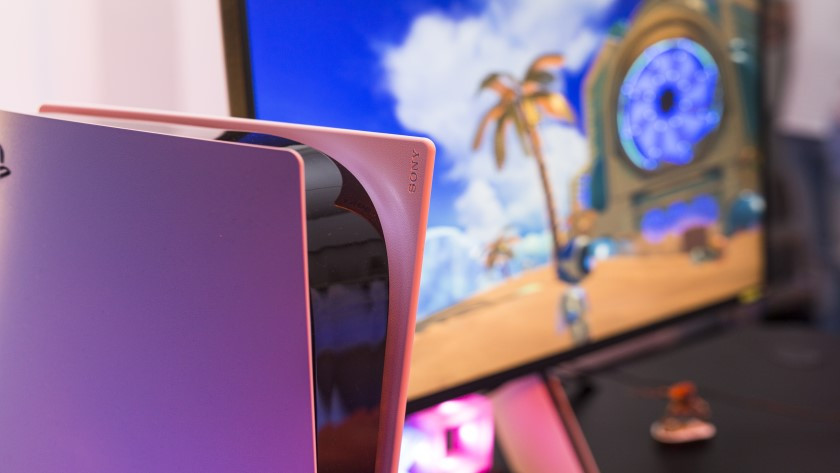
Gaming monitor: up to 49 inches and 5K
Gaming monitors come in all shapes and sizes. For a shooter, a 24-inch Full HD gaming monitor is often enough. With a lower resolution, the screen doesn't have to load as many details. This results in faster movements. Are you more into open world games? Choose an ultrawide monitor with at least a QHD resolution. This brings the details to life, whether that's a grass field or a skyline. Keep in mind that your monitor should at least have an HDMI 2.0 or DisplayPort 1.4 port.
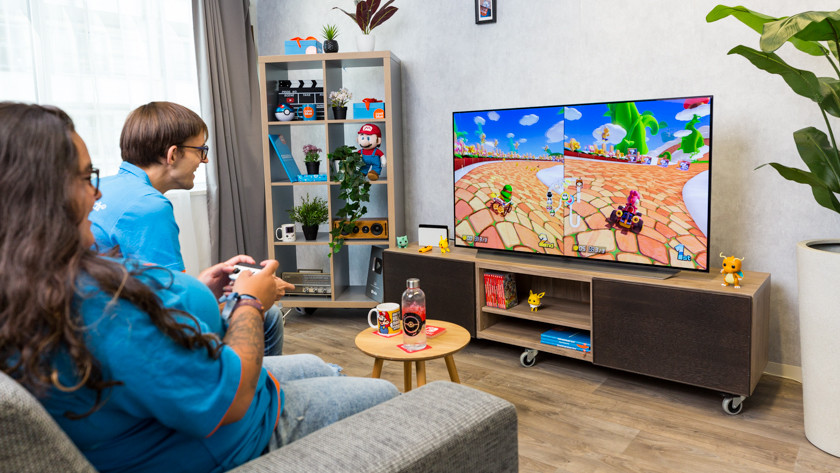
Gaming television: up to 86 inches and 8K
Thanks to the larger screen and sharp resolution, a television provides the full experience. You have a large overview and it displays the graphics sharply. You'll mostly notice this in open world games. You can fly towards a city skyline on the large screen. You can also game on 1 screen with friends while sitting on the couch thanks to the large size of the television. The disadvantage is that a television takes up a lot of space and doesn't fit in every room, such as a student room. In addition, the effect of an ultrawide or curved monitor is much more intense than gaming with a television.
How do you choose the refresh rate and response time?

Gaming monitor: up to 360Hz and 1 or 2ms
If you want to game with very smooth images, choose a gaming monitor. With a 165Hz or even 360Hz refresh rate, you always see the correct and new frames. This allows you to see your opponent before they see you, which gives you an incredible advantage in shooters. The 1 or 2ms response time also ensures a smooth color transition, so you won't see any blurry images. Keep in mind that consoles have a maximum 144Hz refresh rate. A higher refresh rate gives you a great advantage if you're also a PC gamer.
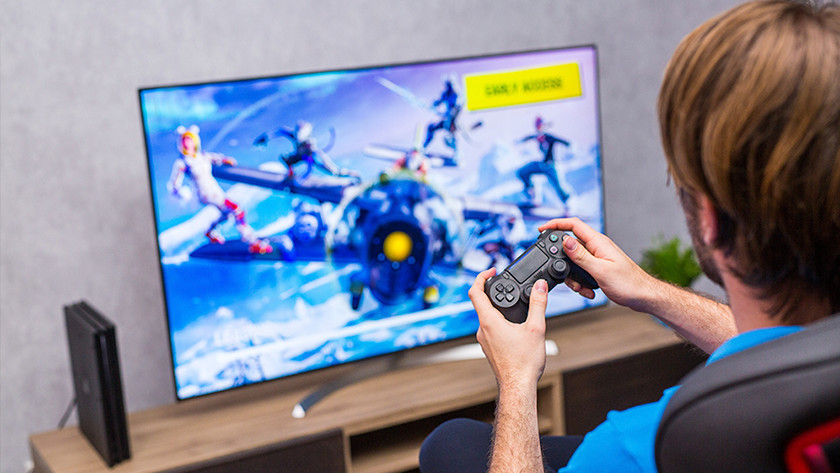
Gaming television: up to 144Hz and 5.3ms
The maximum refresh rate of a gaming television is 144Hz. That's enough for a gaming console. The disadvantage is the response time. Due to the slightly higher response time of up to 5.4 or 5.3ms, you're more likely to experience input lag. This makes gaming televisions less suitable for competitive games than gaming monitors. There are gaming televisions with a lower response time, but the chance of input lag is still higher than with a monitor.
Which ports do you want?
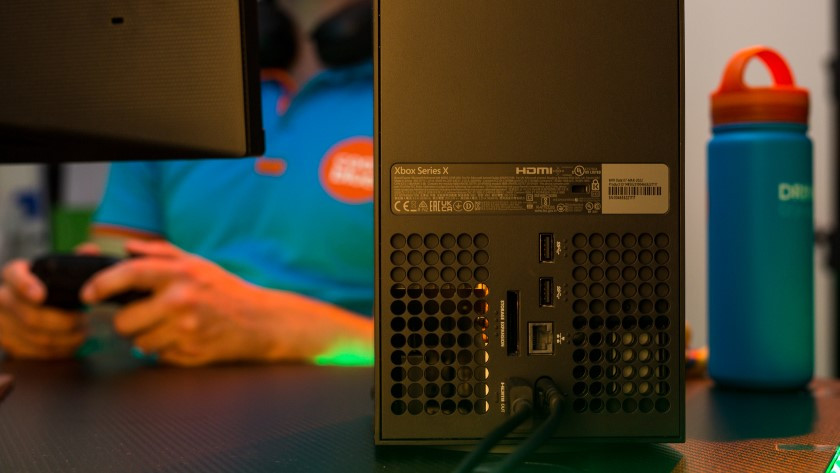
Gaming monitor: HDMI, DisplayPort, and USB-C
As you can expect from a monitor, it has more ports than a television. In addition to console gaming, a gaming monitor can also be used for other things like editing videos. If you stream your gameplay directly, that's a useful combination. In that case, you can connect the monitor to the console via HDMI 2.1, and your computer with Adobe Premiere Pro via DisplayPort or USB-C. The downside is that a monitor often only has 1 or 2 of the same ports, so choose wisely when you connect it.
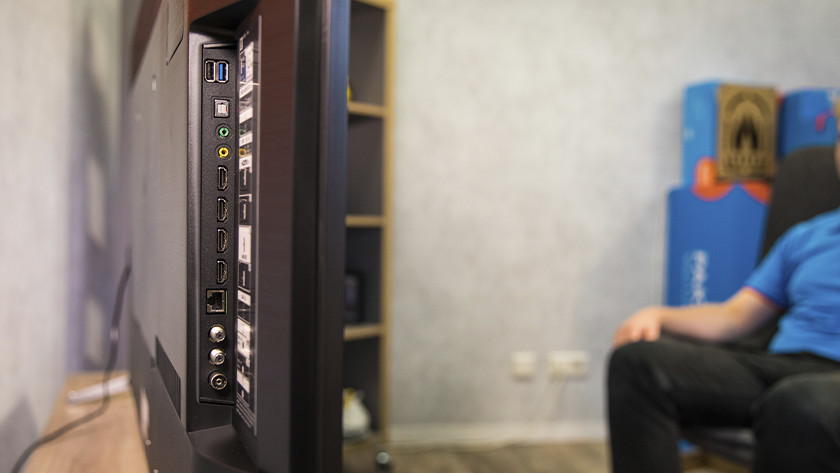
Gaming television: HDMI
Just like with a monitor, the HDMI port should at least be the 2.1 version for 4K output with 144Hz. The advantage of a television is that it always has 1 or more HDMI ports. Almost all televisions have HDMI 2.1 nowadays, which isn't as common with monitors. The disadvantage is that televisions only support HDMI and not DisplayPort or USB-C. As a result, you can't switch between devices when you record your console gameplay for example.
Which genres are suitable for a monitor or television?
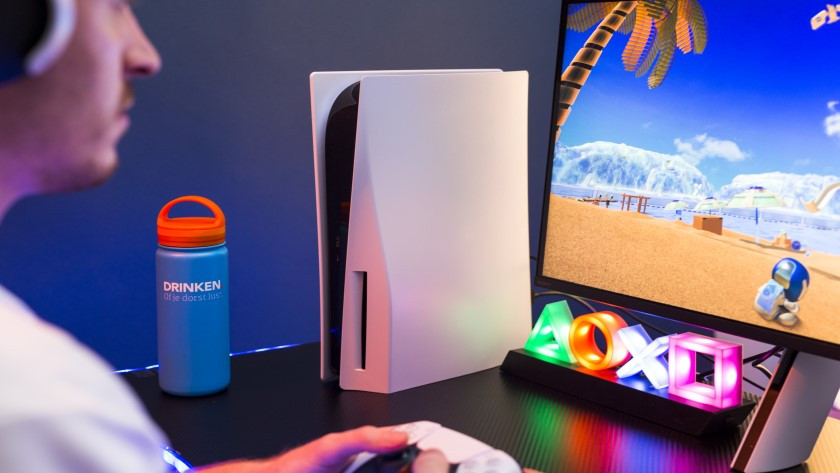
Gaming monitor: shooters and racing games
If you're looking for a suitable display for fast shooters and racing games, choose a gaming monitor. The very low 1 or 2ms response time reduces the chance of input lag, so you always get smooth images. In addition, the higher refresh rate provides you with a nice extra advantage. This ensures 120Hz console gaming. A monitor is also suitable for open world games, but a television is a better choice if you want the full experience.
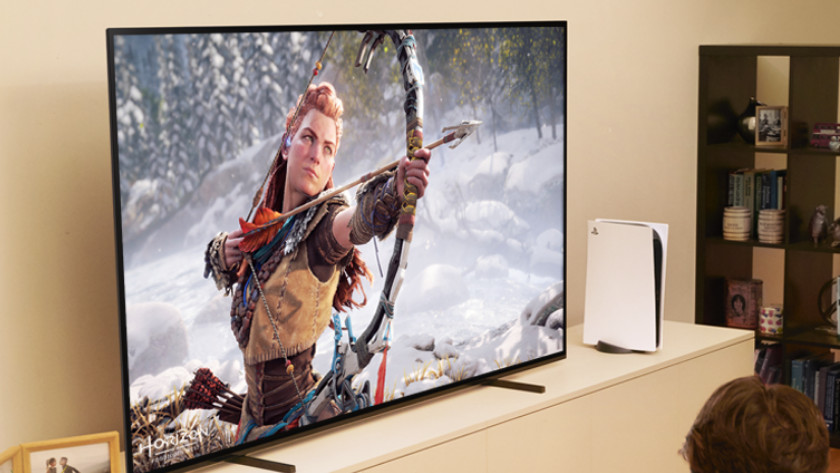
Gaming television: open world games, RPG, racing games
Go for a television if you want an immersive gaming experience with large open world games, for example. The larger screen gives you a better overview, and the graphics come out better as a result. Thanks to the 144Hz refresh rate, open world games, RPGs, and racing games run smoothly on a gaming television. For competitive gaming with a low response time, a monitor is a better choice. The alternative is an ultrawide 49-inch gaming monitor, if you don't have space for a television.
What's the most suitable for you?
If you're looking for a display for games with fast-moving images, choose a gaming monitor. The higher refresh rate and lower response time give you an extreme advantage in competitive games. Make sure you choose a monitor with an HDMI 2.1 connector, so you can reach 120Hz. A gaming television is a better choice for open world games and RPGs, thanks to the larger screen.


